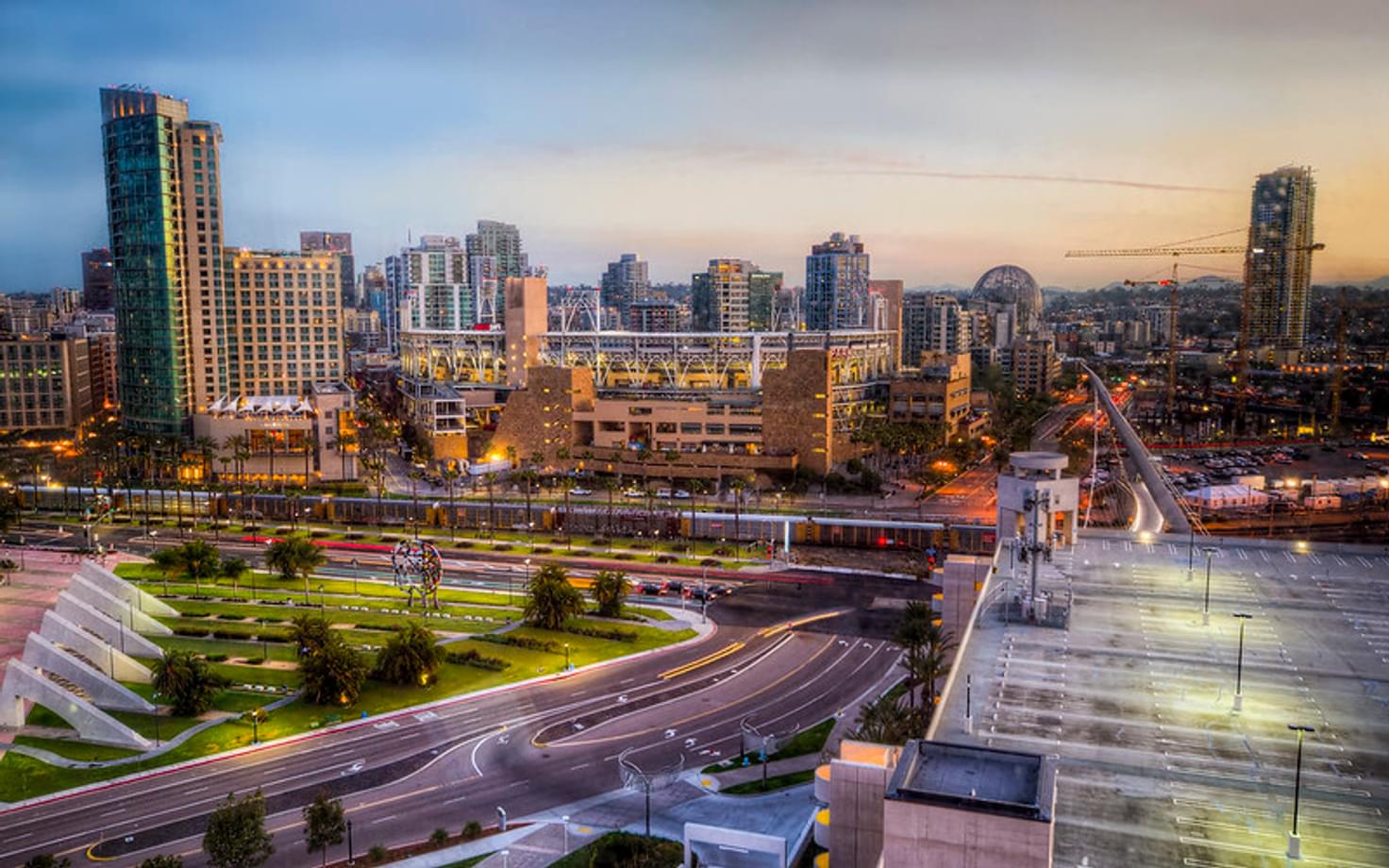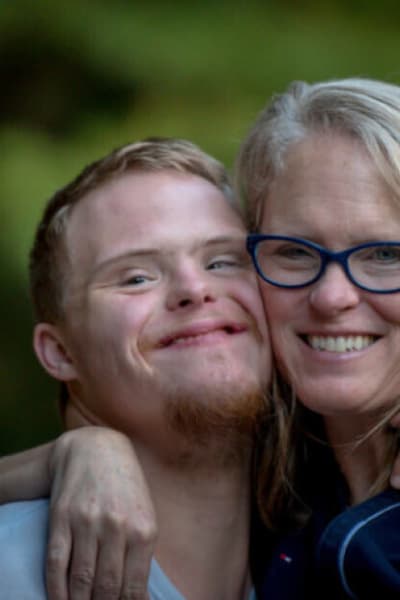
Words by Tess Becker
Redlining was a federally endorsed policy in the US in the 1930s, 1940s and 1950s, where banks and mortgage lenders rejected and approved home loans based on race, income, and neighborhood.
This practice dominated many US cities and many neighborhoods and their racial makeup today is the direct result of those segregation tactics.
Officials in San Diego, California, say redlining is the main reason majority-White neighborhoods dominate the northern and coastal parts of the city, while Black and Hispanic neighborhoods are mostly confined to southern parts of the city.
Those same officials are trying to do something about it.
They recently voted to adopt new housing policies that incentivize racial integration with the goal of taking steps to undo the results of redlining.
The new policies are things like allowing taller apartment buildings and more backyard units when a property is near mass transit, softening previous rules already in place.
The policies also extend those softer rules to mostly suburban areas deemed “high-resource” by the state because of the presence of high-paying jobs and strong educational opportunities.
“We are tasked with overcoming past discrimination where people of certain races and incomes were not allowed to live in certain areas,” said Seth Litchney, the city’s housing policy program manager. “Providing affordable housing in those areas helps overcome that pattern of discrimination.”
